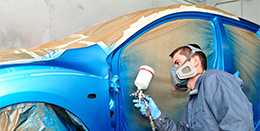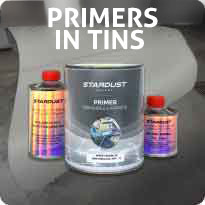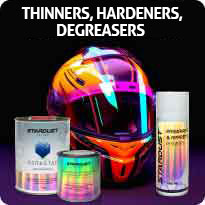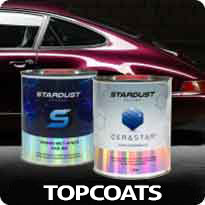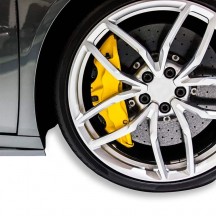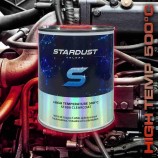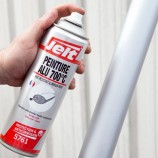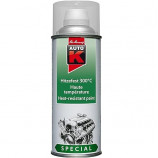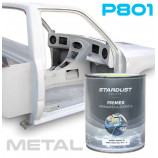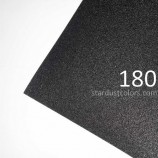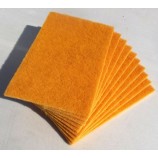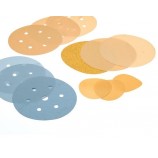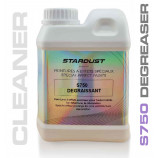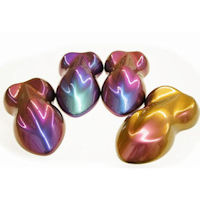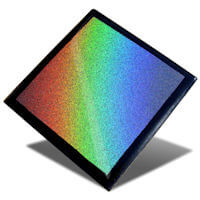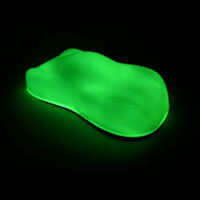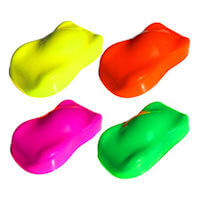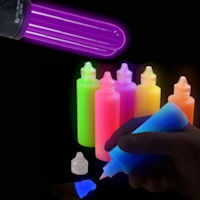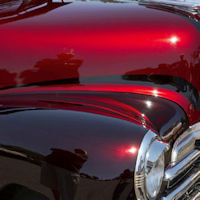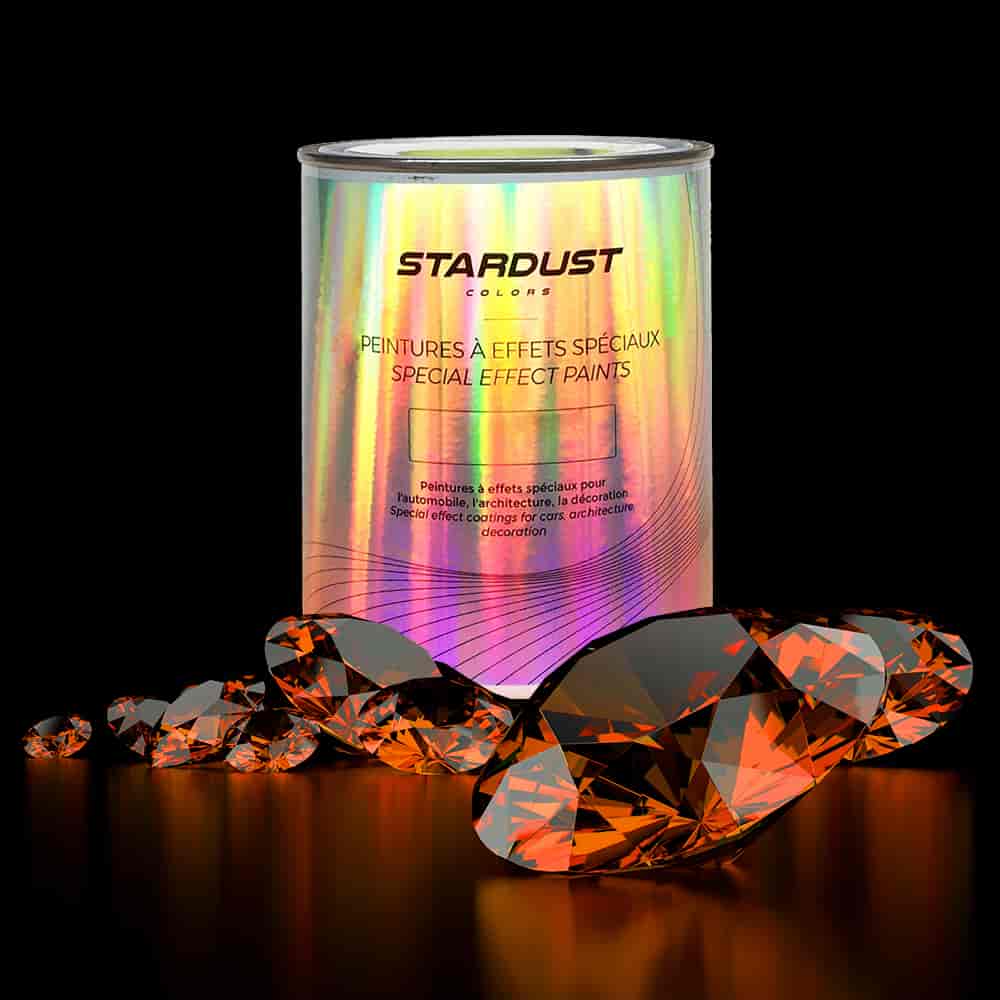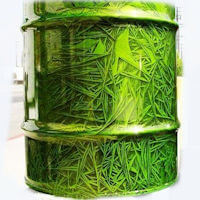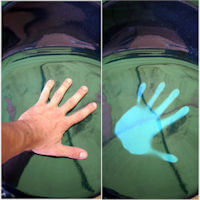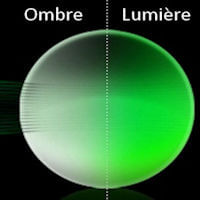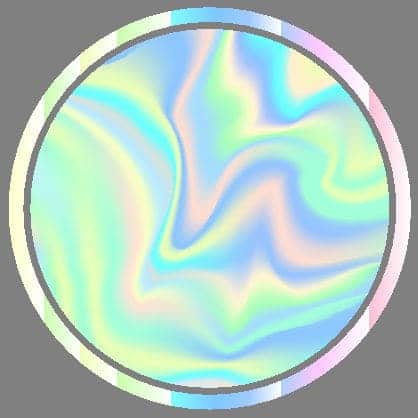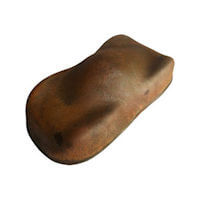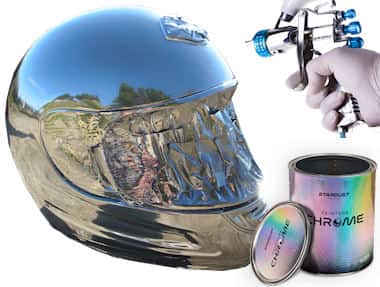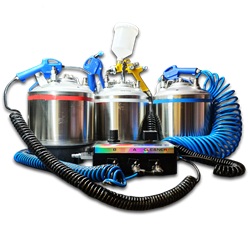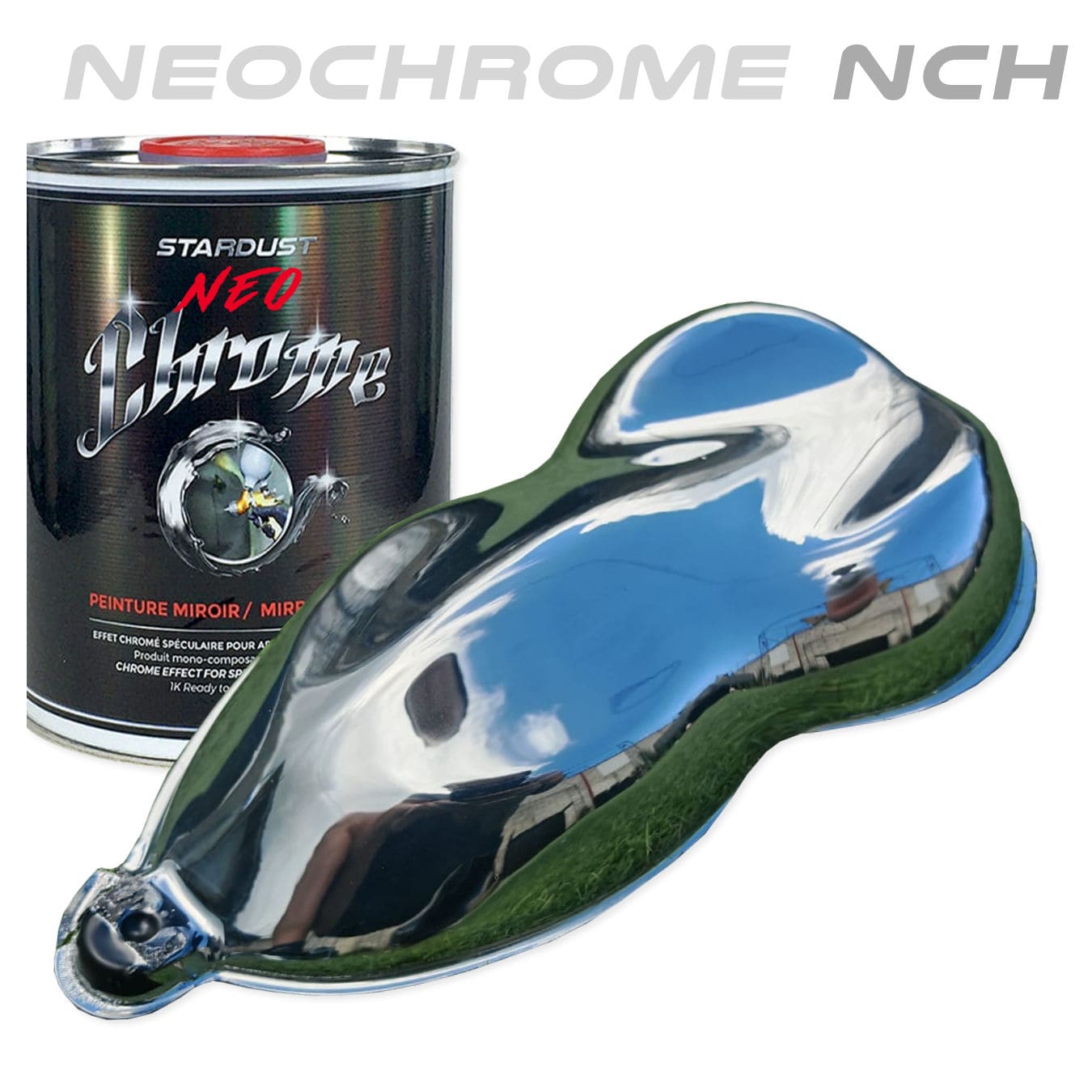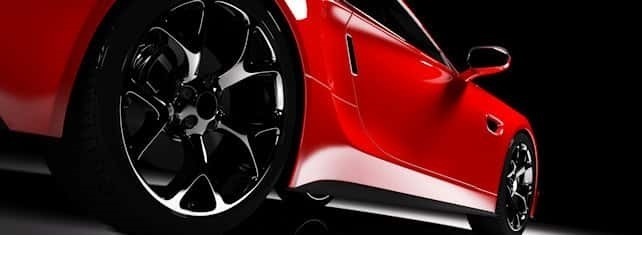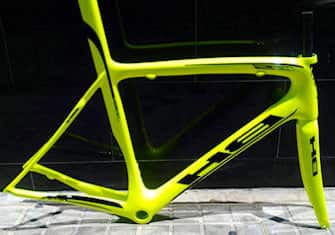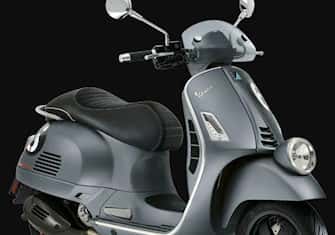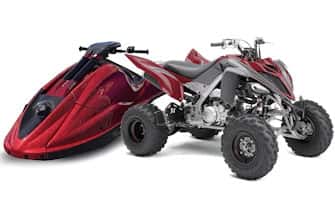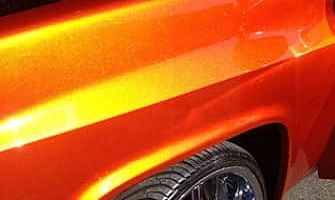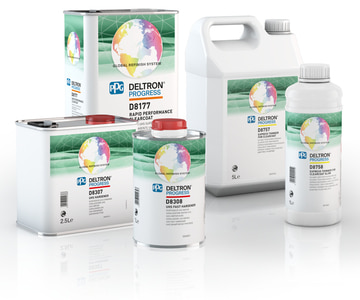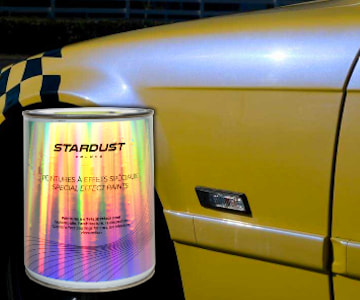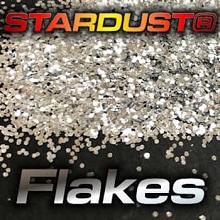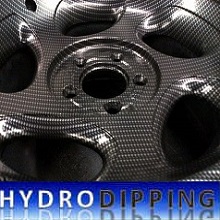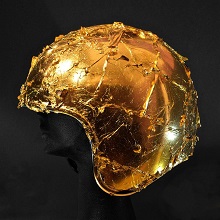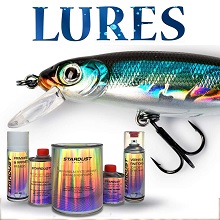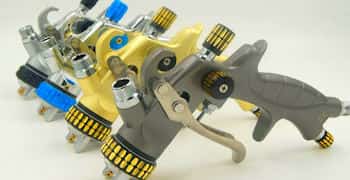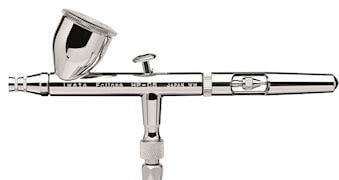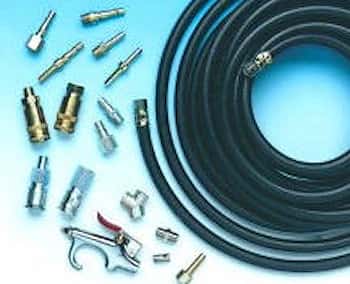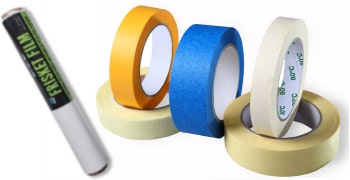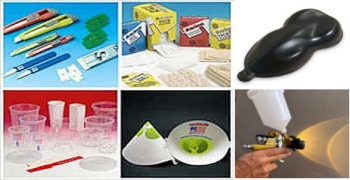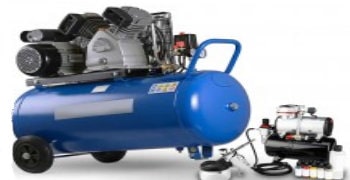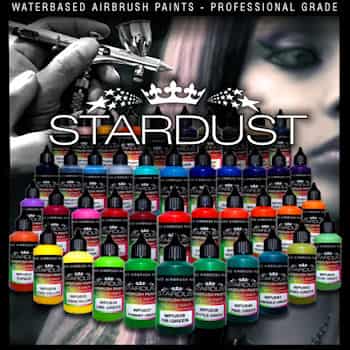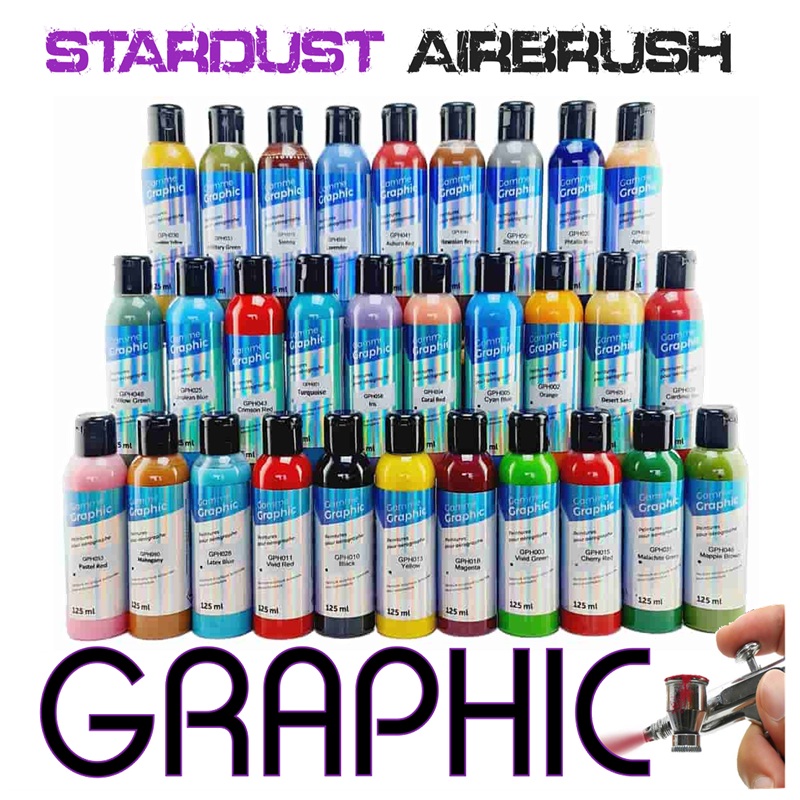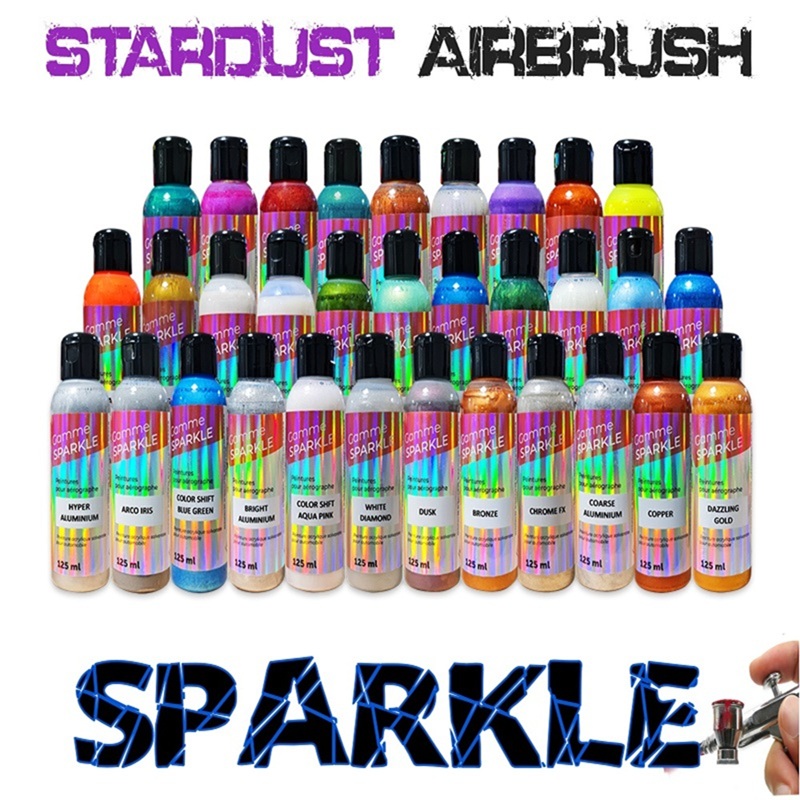Among the car paints for car parts, brake caliper paints are used, to enhance and personalise the vehicle with a sportier appearance.
These particular metal parts are exposed to high temperatures and are constantly subjected to extreme conditions: sand, water, grease splashes, etc.
Car paints for brake calipers are 1K finishes*, resistant not only to temperatures around 300°C, but also to weathering.
They also offer good direct adhesion to metals, without the need for an anti-corrosion primer.
The pigments used to colour these paints — such as yellow, green, red, gold, black, or aluminium — have specific properties that allow them to resist high temperatures without blackening or discolouration.
* mono-component : only single-component paints provide genuine resistance to high heat. 2K paints perform well but reach their limit around 250°C.
Application of car paint for brake calipers
Whether you’re working as a hobbyist using aerosols, or with products in cans applied by spray gun, you can easily carry out this type of brake component finish, after removing the wheel and disassembling the part.
1/ The part already has an original coating, more or less in good condition. This coating was applied in the factory.
⚠️ Do not strip it, otherwise you’ll need to redo the entire adhesion and anti-corrosion process.
Simply degrease the part thoroughly, then lightly sand the surface to ensure proper adhesion. Do not remove the existing paint.
Then apply the paint in two coats.
These are finishes, so no clearcoat is required.
2/ The brake caliper is bare metal:
It may be steel or an alloy.
After degreasing, you can apply the brake caliper paint directly, as it adheres well.
However, if you want a high-quality job with long durability and guaranteed adhesion, then it’s advisable to apply a thin coat of metal anti-corrosion primer before applying the high-temperature caliper paint.
What happens if you use standard car paint on brake calipers?
If you apply a 2K paint or a standard car paint, the layer may not withstand the rapid and repeated temperature rises.
Consequences may include:
– blackening
– cracking
– blistering
Moreover, conventional colour pigments are not heat-resistant and may fade or blacken above 150°C.
Is it necessary to apply a clearcoat over caliper paint ?
No, it is optional, because these paints are finishes, i.e. final coats.
Of course, high-temperature spray clearcoats do exist.
You may choose to apply one to add extra protection or to adjust the gloss level, by using a matt, satin or gloss clearcoat.
The risk of burning the clearcoat is moderate, as the surface temperatures are not extremely high and do not remain elevated for long.







